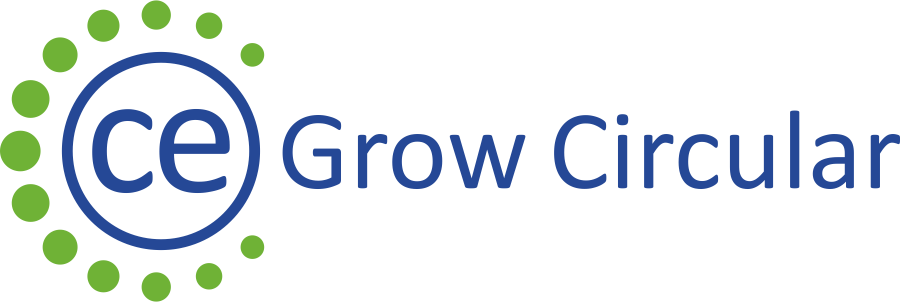CRMs in RENEWABLE ENERGY SECTOR

Ambitious decarbonisation plans in EU as well as other parts of the world will likely see this sector grow at even greater speed than until now. This will also impact on the competition for resources.
Key CRMs in wind and solar technologies are Dysprosium (Dy), Gallium (Ga), Indium (In), Neodymium (Nd), Praseodymium (Pr), and Silicon metal (Si).
Recycling of Rare Earths Elements from permanent magnets used in wind power technologies is not yet developed in EU, however there are several projects underway in China.
Recycling of CRMs (Si, In, Ga) from solar PV modules along with other raw materials (Aluminium, Silver, Copper) is estimated to have a high economic feasibility (95%).
These technologies have a considerable life lifetime (over 25 years), meaning the generation of this waste has been so far quite limited. However, the potential for recycling materials from these products will be notable by 2030 and significant by 2050.
The WEEE Directive mandates European Member States to adopt PV waste management programs in which producers are responsible for the take back and recycling of the panels they sell under the Extended Producer Responsibility scheme. According to this by the end 2018, 85 % of PV waste was to be recovered and 80 % prepared for reuse and recycled.
EU also supports the development and demonstration of material efficient solutions for equipment used in wind and PV energy technologies through various funding programmes (e.g. the Horizon 2020 project NEOHIRE213 on the use of REE, Co and Ga in permanent magnets, LIFE project FRELP214).


